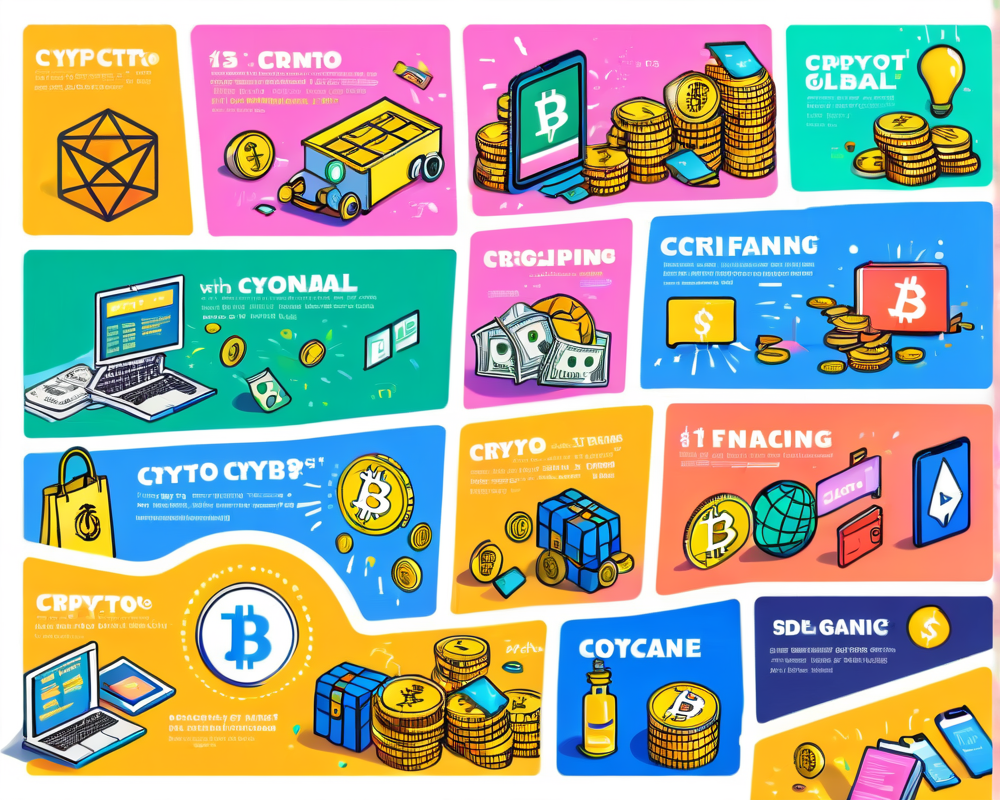The Trade Tango: A Chaotic Dance of Inefficiencies
In the bustling world of global trade, the rhythm can feel more like a two-step with two left feet. Traditional infrastructures have thrown a wrench in the flow, leading to inefficiencies that would make even seasoned dancers cringe. According to Martha Reyes, head of research at Bequant, this is where crypto steps in to save the day—and maybe even bust a move or two!
Challenging the Intermediaries
As Reyes highlights in her interview with a leading publication, the complexities of remittance payments remain bogged down by the large number of intermediaries involved. It’s like trying to get a pizza delivered during a blizzard—so many stops, so much time wasted. Instead, she advocates for a streamlined process through blockchain technology, which promises to cut out the middlemen and bring efficiency back.
Blockchain: The New Age Wizard
With the magic of digital ledger technology, trade transactions can be transformed from riddled mazes to straightforward pathways. Imagine workers printing smart contracts like receipts at a buffet—they can specify the exact terms of their agreements, ensuring that everything is both immutable and transparent. After all, who wants to invite confusion to their party?
- Speed: Blockchain enhances transaction settlement times, ensuring swift delivery of goods and payments.
- Security: The traceability offered by smart contracts ensures that your documents and agreements remain locked tighter than a drum.
Tokenization: A Game Changer for SMEs
Moving beyond global trade, the conversation around tokenization reveals its potential treasure trove for small and medium enterprises (SMEs). Reyes believes this new frontier can facilitate access to capital, which is like finding a golden key in a hidden treasure chest!
Understanding Tokenization Benefits
By converting trade finance assets into tokens, SMEs can achieve greater liquidity, enabling easier access to funds for trading. It’s like having a direct route to investor attention without all the convoluted highways:
- Investors hunting for yield?
- SMEs needing liquidity?
- Put them together, and voila!
Breaking Barriers like a Pro
Reyes asserts that tokenization can help SMEs break through the stifling barriers erected by traditional financing systems. It’s a chance for innovation, competition, and growth—all of which can quell the fears of any capitalist at heart. “We’re entering a realm where access to financing becomes a reality,” she envisions.
The Rise of Hybrid Protocols
When discussing the growing trend of hybrid models, Reyes points out that institutions are often caught in the tussle of public vs. private blockchain dilemmas. She elegantly describes how hybrid networks allow for seamless privacy while tapping into the benefits of public ledgers.
“It’s the best of both worlds,” Reyes remarks, summing up a scenario that allows speed with robust security, mitigating the disadvantages that come with either approach.
In Summary
So, what’s the takeaway from Reyes’ insightful analysis? That crypto isn’t just a wild west of investment; it’s a beacon of hope and efficiency tracing the roadmap for the future of global trade and financing. In a world still fumbling with traditional infrastructures, the path to commercial salvation might be winding, yet crypto seems poised to blaze the trail ahead!




